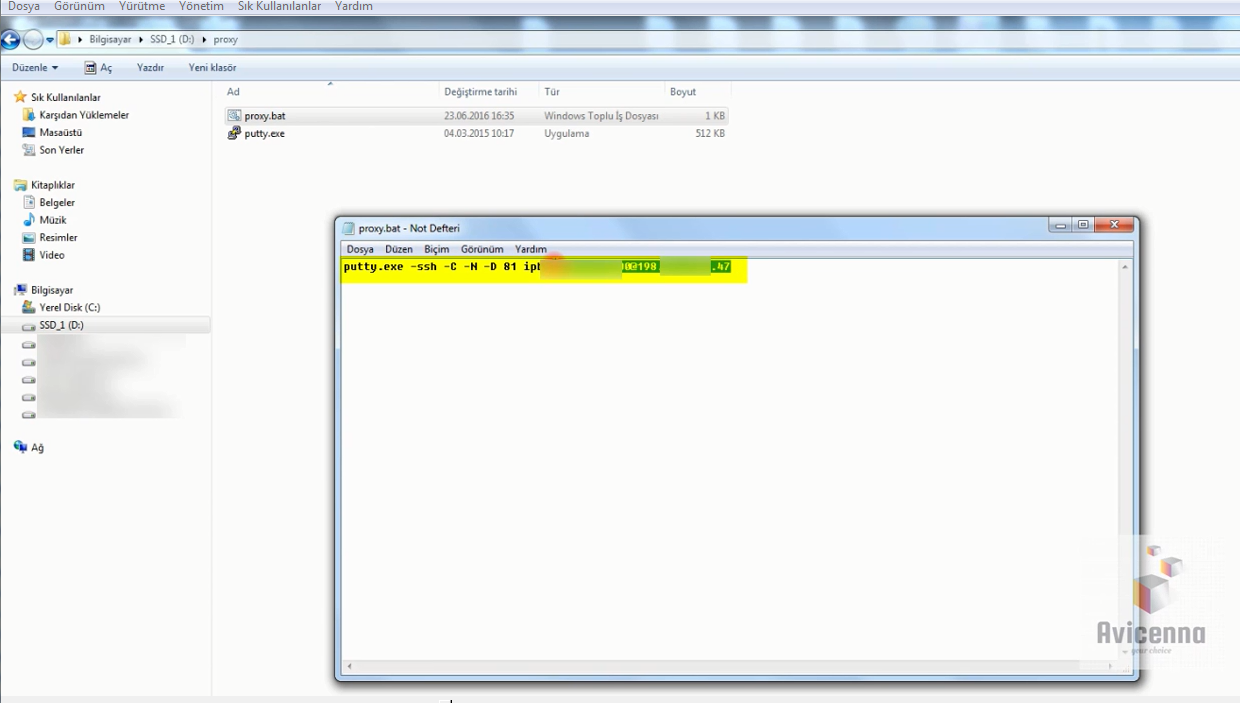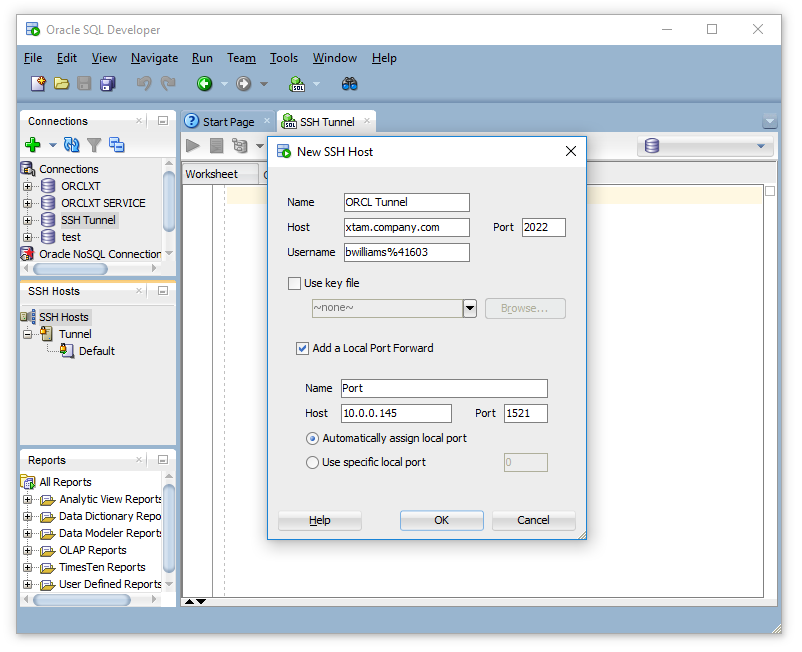

f: This forks the process into the background so you don't have to keep the terminal window open to maintain the SSH tunnel. If you want to understand what this command is doing, read on, otherwise skip to step 6. Replace 22 at the end of the line above with whatever port your remote server accepts SSH connections on (22 is the default). Replace with the hostname or IP address of your remote server. Replace USER above with the username of the user on the remote server you are logging in as, this could be "root" but it is generally safer to use an unprivileged user instead. Type the following into the terminal window: This will open a new window where you will be able to type some text.Locate the Terminal or Terminal.app file in the Utilities folder and double click on the icon for the terminal.Scroll down to the Utilities folder and open that as well.open your hard drive and the folder will be found there.
Setup ssh proxy mac#
Open the Application s folder on your Mac (if you don't know where this is.To set up the tunnel, you need to execute a command in the Mac's Terminal application. Alternately, access to Firefox or another browser that can accept locally configured proxy connections.Access to the Network section in System Preferences so you can set up the system-wide proxy.Access to the Terminal application in /Applications/Utilities/Terminal(.app) on your Mac.A user account on the remote server that is able to log in via SSH.A remote server running SSH and the ability to make other outbound connections to the internet.
Setup ssh proxy full#
The Mac already ships with all of the tools needed to set up an SSH tunnel, but you'll also need a remote server to SSH your connection through. Here’s the full list of requirements:
Setup ssh proxy how to#
If you are looking for an article explaining how to set up an SSH tunnel on your Windows machine, see our article here. This article will explain how you can set up an SSH tunnel from your local MacOS (née OS X) machine. This can be useful to bypass remote network issues or restrictive firewalls. With a tunnel active and traffic proxied through the tunnel, that traffic will appear to be coming from your remote server instead of your local machine. All of this rerouted traffic is securely encrypted as it travels between your local machine and the remote server thanks to SSH. For some uses, there may be an easier way to securely route your traffic through a remote server (like your VPS or dedicated server).Īn SSH tunnel is another method of rerouting some or all traffic from one location (like your local computer) through another (your remote server). The issue is that setting up and configuring a VPN can be time consuming and complicated. If you have a VPS or dedicated server, you could even run a VPN service from your server. When you're done, you can stop the tunnel by pressing the green square button.VPNs are powerful tools and can help keep your network traffic secure. Then click on the New SSH Tunnel button:Ĭonfigure local port forwarding as shown below - make sure to specify your CCR username in place of and click Save:Ĭlick on the 'key' icon to select the SSH key you have loaded into the CCR IDM portal (instructions for doing this can be found here)Ĭlick on the blue arrow Start button to initiate the tunnel:Ĭomplete the instructions to finish the UB Box configuration instructions here Start MobaXterm and click on the Tunneling icon. These settings are to be used when setting up UB Box on CCR's transfer server - following these directions Depending on what you're trying to remotely display, your port number(s) may be different. This is an example of how to setup an SSH tunnel using MobaXterm.

NOTICE: Port forwarding will no longer be allowed after April 26, 2022 Solution home CCR Services Accessing CCR Resources Creating a SSH tunnel using MobaXterm on Windows


 0 kommentar(er)
0 kommentar(er)
